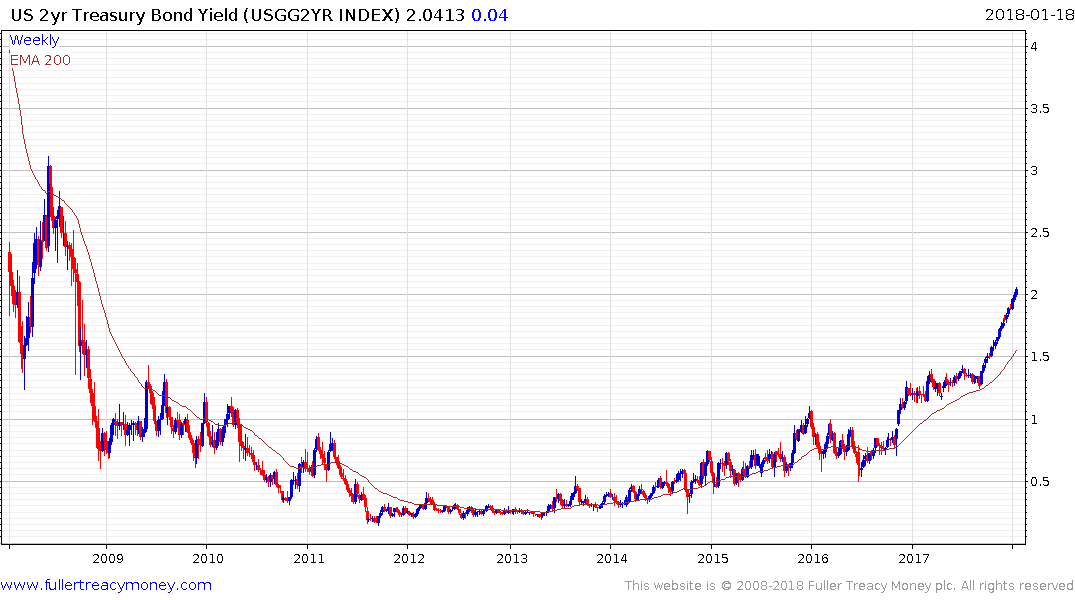Fed Is Targeting the Wrong Inflation
This article by Danielle DiMartino Booth rhymes with my view that inflation is understated in the official statistics. Here is a section:
Consumers are increasingly asking: Is this a need or a want? A discernible gap between the rate of price increases for necessities and the one for discretionary purchases is putting the Federal Reserve’s tightening path at risk of veering off course.
Making matters more difficult, the Fed’s preferred inflation gauge does a pitiful job of capturing the quandary facing many households that live paycheck to paycheck. The so- called core PCE is the central bank's go-to inflation metric. It is derived by netting out the necessities of food and energy from personal consumption expenditures. But the core PCE also minimizes the weight of rent and over-emphasizes health care due to Medicaid and Medicare’s inputs.
Classify the following items within the core PCE as necessities and then track them as an aggregate using what we can call the Household Budget Inflation Gauge. Included are food and nonalcoholic beverages, fuels, clothing, housing, utilities, health care, health insurance, homeowners’ insurance, auto insurance, higher education and the phone, utility and internet bills. As of the latest reading, these costs are rising at a 2 percent rate compared with last year.
Now throw all of the rest of the discretionary items into what we can call the Household Wish List Inflation Gauge and you will see that these items’ prices have been rising at a pace of 1.5 percent.
Yet if you insist on comingling these baskets and then throwing out food and energy, you will by flying as blindly as the most dovish members of the Federal Open Market Committee.
The triumph of the subscription model means that there is an increasing number of calls on income that did not exist a decade ago. Only today my iPhone told me I needed to upgrade my iCloud storage. Netflix is now a staple for many households, Amazon Prime has hundreds of millions of subscribers. Microsoft has also successfully transitioned to a subscription model with Office 365.
Juicero might have failed but Blue Apron, Graze and others are all attempting to tap into the incremental income streams of consumers in the hope they will go unnoticed. However, when taken on aggregate, all of these add-on services add up to a rising cost of living in addition to the all the conventional costs that contribute to what we consider an acceptable standard of living.
Additionally rent, healthcare and energy costs have risen ahead of wages which squeezes consumers. The tax cuts will ameliorate the situation somewhat but have potential to stoke inflation regardless. That holds out the prospect the Fed may have an evolving inflationary problem. However, the hubris of the establishment has long eschewed listening the prognostications of independent analysts and, despite DiMartino Booth’s pedigree, this occasion is unlikely to be any different.

2-year yields are now pricing in 2 interest rate hikes before the beginning of 2020 which suggests the bond market is coming around to the idea that deficit spending is likely to have an inflationary outcome. However, at only two rate hikes they are still not quite willing to take the Fed’s prediction of 3 hikes this year at face value.


